A new OECD report, Balancing School Choice and Equity, shows that school choice policies have increased social and academic segregation between schools which, in turn, reduced equity in education
Australia is a prime example of the impact of choice on social segregation in schools. School choice has been at the centre of education policy for the last 20 or more years. Australia now has one of the most socially and academically segregated school systems in the OECD and has highly inequitable education outcomes.
The OECD report looks at changes in school enrolments in countries that participated in the Programme for International Student Assessment (PISA) and examines the extent to which schoolchoice policies impacted on the social and academic segregation of students and on equity in education outcomes.
It concludes that school choice can benefit some students but, overall, it increases social segregation of students as choice is mostly used by middle-class and wealthy families:
Empirical results in this volume suggest that weakening the link between place of residence and school allocation is related to a higher level of school segregation by social status. Some resilient disadvantaged students may have access to schools that would otherwise be inaccessible if a strict residence-based policy were applied. But that, in itself, does not offset the social-sorting effects that result when it is mostly middle- or upper-class families that take advantage of school-choice policies. [pp. 11-12]
This social segregation is associated with increased inequity in education outcomes for disadvantaged students:
Panel estimates in this report show that an increase in the isolation of high achievers from other students is associated with lower scores in PISA amongst socio-economically disadvantaged students, without any significant impact on advantaged students. [p. 12]
Extent of school choice
The report considers school choice in terms of changes in the proportion of students in private schools and the extent to which students are allocated to schools according to residence. It also considers the degree of local school competition as perceived by school principals and the extent to which parents are actually able to exercise some form of school choice in systems where schools select students based on socio-economic status or academic ability.
According to PISA data, an average of 18 per cent of 15-year-old students across OECD countries were enrolled in a private school in 2015. This compares with 44 per cent in Australia. Australia has one of the highest proportions in the OECD and is only exceeded in Chile, Netherlands, Ireland and the UK. The report found little change in the proportion in most OECD countries between PISA 2000 and PISA 2015. However, the proportion in Australia increased by three percentage points between 2009 and 2015 which was one of the largest increases in OECD countries, exceeded only in Chile, the Czech Republic and the UK.
In almost all school systems, students are assigned to schools based, at least partly, on their home address. In Australia, 48 per cent of students are enrolled in schools where residence is considered for admission. This is larger than the average of 40 per cent across OECD countries but far lower than in many countries such as Canada (69 per cent), Finland (67 per cent), Norway (70 per cent) and the United States (66 per cent). In the majority of OECD countries that participated in PISA 2000 and PISA 2015, the proportion of students attending schools that consider residence for admissions fell, but there was no statistically significant change in Australia.
Despite a relatively high proportion of Australian students enrolled in schools where residence is a factor in admissions, there is also a very high degree of competition between schools. The report shows that Australia has the highest percentage of students in schools that compete with at least one other local school of all OECD countries except Belgium. Some 94 per cent of students in Australia are enrolled in such schools compared to the OECD average of 77 per cent and 35 per cent in Norway.
However, local competition does not always translate into more choice for parents. Choice may be restricted by several factors such as tuition fees as in private schools, access to transport and using prior student achievement as part of admission criteria. As the report notes:
Because of local competition, schools may be tempted to skim off the most affluent or highest-achieving students. Restricting enrolment to the most able students makes it easier for a school to rank high in public evaluations, thus maintaining its attractiveness to parents…. Low-achieving students may have little opportunity to choose schools if schools base their admissions on prior academic performance. [p. 34]
In Australia in 2015, 34 per cent of students were enrolled in secondary schools in which academic performance is always considered for admission. This was slightly lower than the average for the OECD of 39 per cent. In Denmark, Finland, Greece, Norway, Spain and Sweden less than 10 per cent of students were enrolled in selective schools. The rates are similar for public and private schools in Australia – 34 per cent and 35 per cent respectively – whereas it is much more common in private schools in most OECD countries. In 2015, selection of students on academic criteria was used more by private schools (56 per cent) than public schools (39 per cent) on average in OECD countries.
There was a large increase in the proportion of secondary schools in Australia using academic performance in admissions since 2009 when the percentage was 24 per cent In the case of lower secondary schools, the proportion doubled in Australia from 16 per cent to 33 per cent. The report notes that selectivity in admissions increased in many OECD countries over this period.
Thus, choice and competition between schools in Australia appears to have increased over the PISA cycles, certainly since 2009. A higher proportion of students are enrolled in private schools and a very high proportion are enrolled in schools facing competition from other schools in the local area. Concurrently, selectivity in enrolments by all schools, public and private, has increased significantly.
Choice and segregation
A major issue about increased school choice is the impact on the segregation of students by ability or socio-economic status. The evidence presented in the OECD report suggests that choice increases segregation because it is mostly middle- or upper-class families that take advantage of school-choice policies.
Empirical evidence from systems with country- or state-wide school-choice policies, such as Chile, New Zealand, Sweden and the United States, suggests that providing more opportunities may increase school stratification based on students’ ability, socio-economic status and ethnicity. [p. 20]
In addition, choice means a greater likelihood that the schools most in demand will screen (“cream skim”) for the most promising students – resulting in greater sorting of students by academic results. Evidence shows that selective admissions are a source of greater inequality and stratification within a school system.
The international evidence suggests that schools that are selective in their admissions tend to attract students with greater ability and higher socio-economic status, regardless of the quality of the education they provide. Given that high-ability students can be less costly to educate and their presence can make a school more attractive to parents, schools that can control their intake wind up with a competitive advantage. Allowing private schools to select their students thus gives these schools an incentive to compete on the basis of exclusiveness rather than on their intrinsic quality. [p. 82]
The OECD report uses a dissimilarity index to measure the extent of academic and social segregation between schools. This index ranges from 0 (no segregation) to 1 (full segregation). A high dissimilarity index means that the distribution of disadvantaged students across schools is different from that of students who are not considered to be disadvantaged.
Social segregation of disadvantaged students in Australia is extremely high compared to most other OECD countries. Australia has the 4th highest degree of social segregation amongst 35 OECD countries. Only Mexico, Chile and Hungary have greater social segregation of disadvantaged students than Australia.
The report also uses two other measures of social segregation between schools – the isolation index and the no-diversity index. Australia has a high degree of social segregation on both measures. It has the 5th highest degree of social segregation as measured by the isolation index for disadvantaged students and equal 4th highest as measured by the no-diversity index.
The no-diversity index allows for decomposition of sources of segregation. It shows that social segregation between public and private schools and social segregation between private schools is high compared to most other OECD countries while social segregation between public schools is less than the OECD average.
Segregation and equity in education
The report notes that there is widespread evidence that the social composition of a school impacts on the academic performance of its students. It says that a clear consensus has emerged from research studies on the detrimental impact of attending schools with many low achievers and the benefits of having high-achieving schoolmates.
….this evidence suggests that sorting students into schools by ability or social status may adversely affect both the efficiency and equity of the school system…. social and academic segregation in schools may create additional barriers to success for disadvantaged children and reduce equity in education. [p. 20]
Moreover:
School stratification may also have long-term negative consequences for social mobility. Disadvantaged students may develop biased education and career aspirations because of the absence of inspiring role models that are usually found in schools with a greater social mix. More generally, social stratification amongst schools may threaten social cohesion, as children are not accustomed to social or ethnic diversity. [p.21]
The report found added evidence of these effects from PISA 2015. It found that countries where schools were more socially segregated also had less-equitable education systems. Increasing social segregation amongst schools tends to widen the achievement gap between disadvantaged and advantaged students.
In 2015, countries where schools were less socially diverse also had less-equitable education Systems. [p. 67] Empirical evidence suggests that social segregation across schools is negatively correlated with equity in education…[p. 68]
Australia is one of those countries. It has high levels of choice, high competition between schools, high social segregation between schools and high inequity in education.
Balancing choice and equity
Choice of school is highly desired by many families. There can be no going back to totally residencebased admissions to schools. It would also mark a return to segregation in schools based on housing segregation. The issue is how to reduce social segregation and inequity in the presence of choice.
The report considers how school systems can combine sufficient flexibility to fulfil the aspirations of many parents to choose a school for their children and provide enough incentives for schools to improve the performance of all students without reducing equity in education. It says that governments should provide checks and balances to prevent choice from leading to more segregation of students.
One option is to design school catchment areas to ensure the equitable distribution of students between schools. This can be done by combining districts with different socio-demographic characteristics within a single catchment area.
Another option is to introduce specific criteria for the allocation of students across local schools. The criteria used by oversubscribed schools to select their incoming students should be monitored and regulated to prevent “cream skimming”.
Different forms of “controlled choice” have been used to reduce high levels of student segregation, for example, by reserving a given number or share of places in oversubscribed schools to students from different socio-demographic backgrounds to maintain a balanced distribution of students. The use of lottery systems to assign places in oversubscribed schools or formulae aimed to maintain a diverse student composition can also be considered.
Incentives can also be provided to schools to select disadvantaged students, such as weighted student-funding schemes that fund schools according to the socio-economic profile of their student populations. Many governments around the world have adopted such schemes. The Gonski funding model in Australia is one.
The report also suggests that in order to avoid unfair competition between public and private schools, all publicly funded schools should face the same regulations regarding tuition and admissions policies.
The conditions under which private schools are eligible for public subsidies influence the ways in which school-choice programmes affect the accessibility, quality and equity of the school system. Risk to equity can be mitigated if all publicly funded providers are required to adhere to the same regulations regarding tuition and admissions policies, and compliance with these regulations is monitored. Adequate accountability and transparency requirements are also important to ensure that subsidised private schools serve the public interest in providing high-quality education, and to provide parents with the information they need to evaluate different schools’ processes and outcomes. [p. 84]
Governments in Australia should consider how to minimise/reduce the impact of choice on social segregation and equity in education. Some key changes to consider are:
- Tighten registration requirements for private schools;
- Eliminate over-funding of private schools;
- Increase funding loadings for disadvantaged students;
- Investigate controlled choice models for public schools;
- Review admission policies for high demand public schools;
- Contain the growth of selective public schools;
- Use urban planning and housing policy to develop more socially integrated neighbourhoods
Save Our Schools

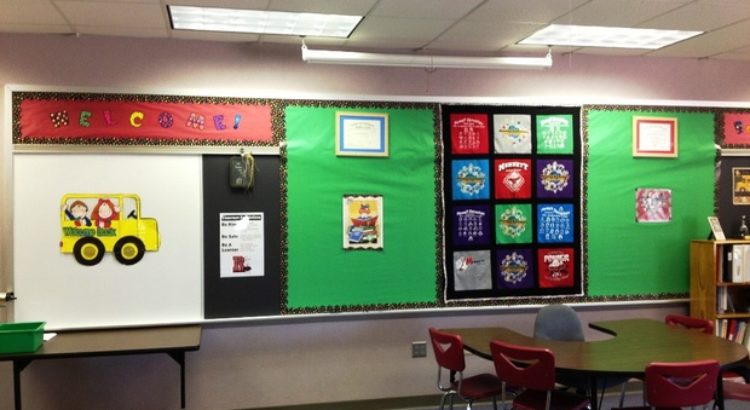
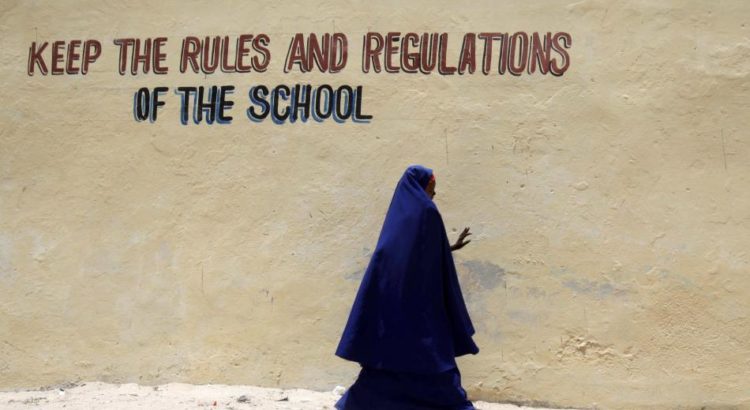
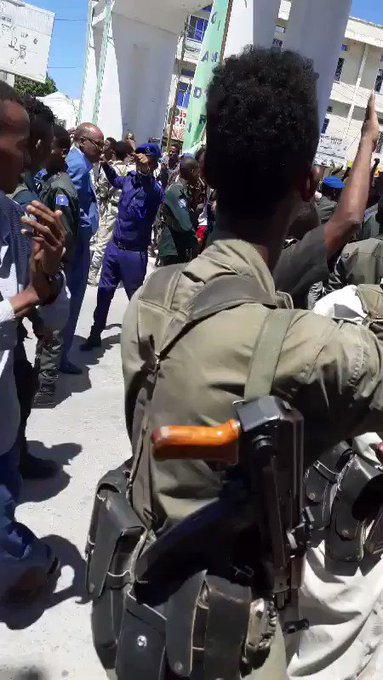

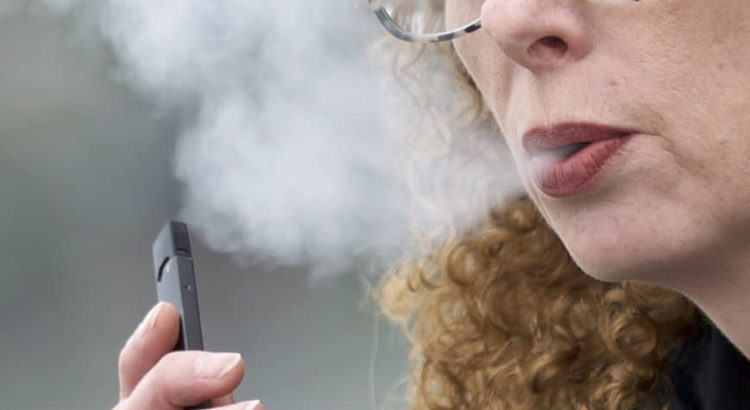

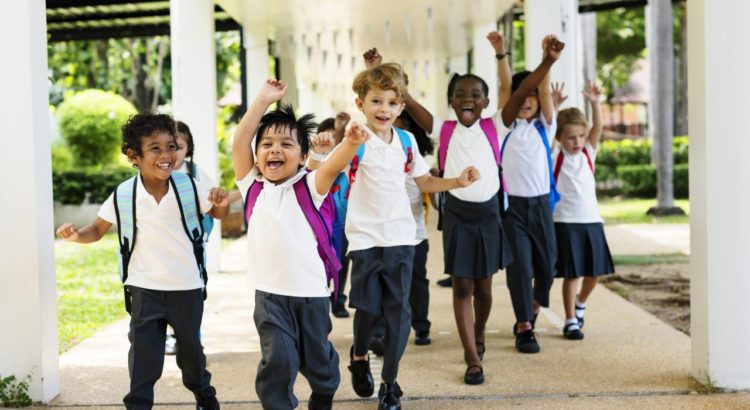
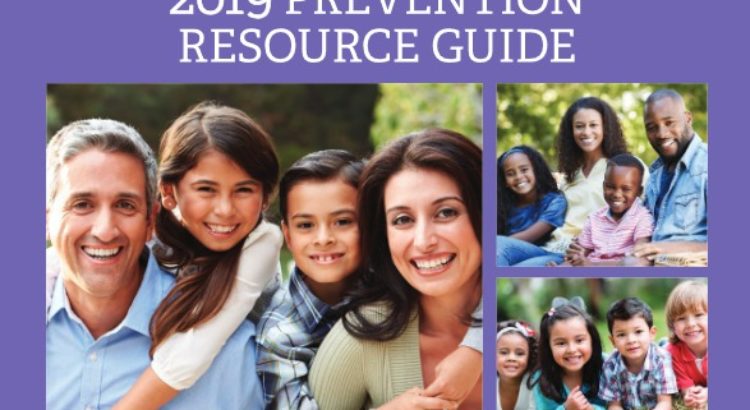





 Users Today : 67
Users Today : 67 Total Users : 35423032
Total Users : 35423032 Views Today : 75
Views Today : 75 Total views : 3358185
Total views : 3358185